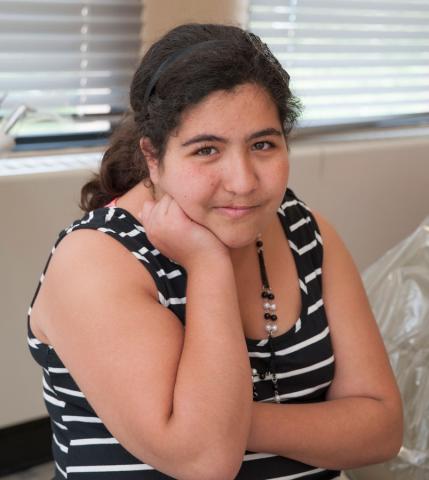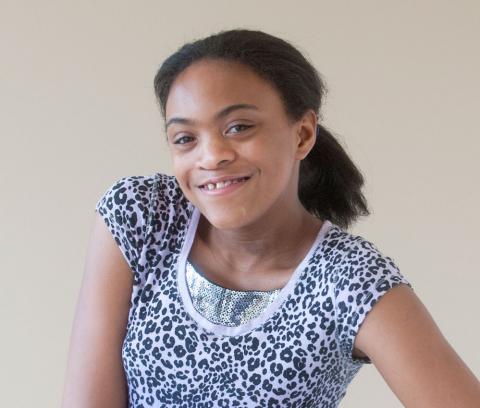What Is a Craniofacial Orthodontist?
The orthodontist plays a significant role in the care of craniofacial patients, providing preventive, educational, and therapeutic services related to oral hygiene. The orthodontist may apply braces and plan surgical corrections to determine the amount of dental-skeletal movement necessary to achieve desired results.
Conditions & Syndromes Treated
Listed below are the conditions and syndromes that have been treated at the Clinic.
Craniosynostosis
Craniosynostosis and Positional Plagiocephaly Support (CAPPS)
When a baby’s head develops abnormally because the seams (sutures) between the bones close prematurely, it may result in:
- Apert Syndrome
- Crouzon Syndrome
- Pfeiffer Syndrome
- Saethre-Chotzen Syndrome
- Carpenter Syndrome
- Treacher Collins Syndrome (normal skull, but underdeveloped facial structure)
Mandibular (Lower Jaw) Deformities
Robin Sequence begins with a lower jaw that is either too small (micrognathia) or is set back from the upper jaw (retrognathia). Similar mandible syndromes include:
- Stickler Syndrome
- Velocardiofacial Syndrome (VCFS or Shprintzen Syndrome)
- DiGeorge Sequence
- Nager Syndrome
Cleft Lip and/or Palate
A cleft lip is a separation of the two sides of the lip and often includes the bones of the maxilla and/or the upper gums. A cleft palate is an opening in the roof of the mouth that can vary in severity. They may present in a multitude of fashions including complete versus incomplete clefts, as well as unilateral or bilateral clefts.
Other Syndromes and Conditions That May Result in the Need for Special Orthodontic Care
- Craniofacial tumors
- Cleidocranial dysplasia
- Fibrous dysplasia
- Craniofacial microsomia (and Goldenhar Syndrome)
- Cranio-frontonasal dysplasia
- CHARGE Syndrome
- Moebius Syndrome
- Spasmodic Torticollis
- LADD Syndrome
- Rubinstein-Taybi syndrome
- KBG Syndrome
- Jackson-Weiss Syndrome
- Trauma to head and face due to injury
Non-Craniofacial Conditions
Patients may require special orthodontic care due to:
- Cerebral Palsy
- Down Syndrome
- Mitochondrial Disease
- Autism
- Spina Bifida
Resources for Further Information
In addition to the specific websites listed above, the following organizations provide a breadth of information for patients and families:
- American Cleft Palate-Craniofacial Association (ACPA)
- American Association of Orthodontists
- The Foundation for Faces of Children is dedicated to improving the lives of children with craniofacial conditions, including cleft lip, cleft palate, and other head and facial differences.
- Children's Craniofacial Association is a national organization dedicated to improving the quality of life for people with facial differences and their families.
- World Craniofacial Foundation provides help, hope, and healing for children with craniofacial abnormalities and their families. The vision of the WCF is that all people with craniofacial abnormalities will receive excellent craniofacial care regardless of geography or socio-economic class.
- Cleft Palate Foundation



